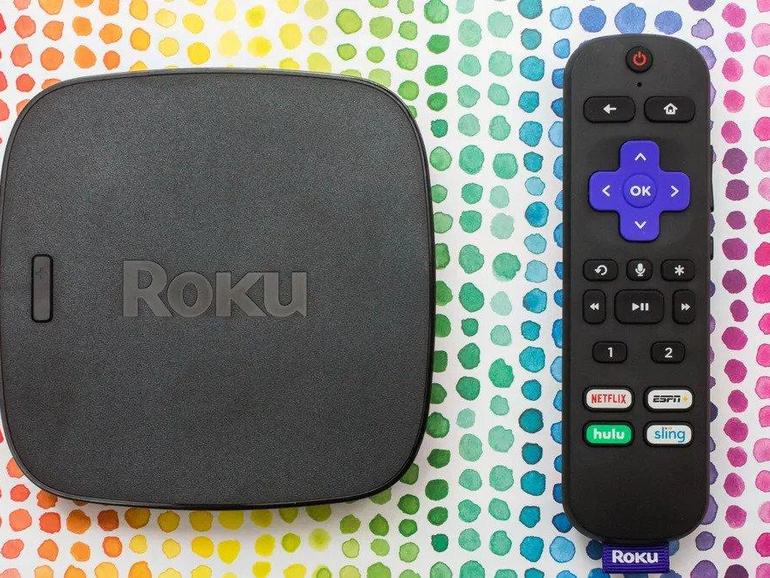Streaming video pioneers Roku this afternoon reported Q2 revenue and profit that comfortably beat Wall Street’s expectations, and an outlook for both this quarter that was also higher.
The company missed expectations on two significant metrics, it’s number of new users and the hours of video streamed.
Roku’s gross profit margin turned negative in the quarter, Roku said, as it absorbed higher costs because of the global supply chain debacle.
The report sent Roku shares down 9% in late trading.
Roku said that as people went outside as pandemic restrictions loosened, it was able to weather the decline in viewing better than traditional linear TV:
Consumers sought increased out-of-home entertainment activities (such as dining and travel) in Q2 as a result of pent-up demand and the loosening of COVID-19 restrictions, which led to a broader secular decline in overall TV viewing hours. On a year-over-year basis, Roku significantly outperformed the industry, with Roku’s streaming hours increasing nearly 19% globally, compared to a nearly 19% decline in traditional TV consumption and a nearly 2% decline in TV streaming across all platforms, for persons 2+ years of age in the U.S., according to Nielsen.
Revenue in the three months ended in June rose to $645 million, yielding a net profit of 52 cents a share.
Analysts had been modeling $619 million and 13 cents per share.
Roku said its Player gross profit swung from positive 14% in the prior quarter to negative six percent as costs increased.
Roku’s total streaming accounts rose by 28%, year over year, to 55.1 million in the quarter. That was less than expectations for 1.9 million additions.
The company’s total number of hours of video streamed rose by 19% to 17.4 billion hours, also missing the average estimate for 19.4 billion. Average revenue per user rose 46% to $36.46, topping the average estimate for $35 per user
For the current quarter, the company sees revenue of $675 million to $685 million, and net profit in a range from a net loss of $3 million to a profit of $7 million. That compares to consensus for $649 million and a net loss of $28 million.

